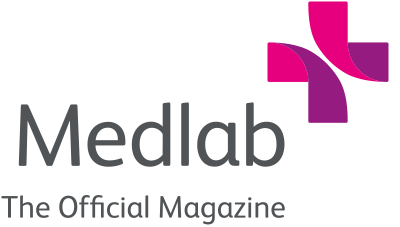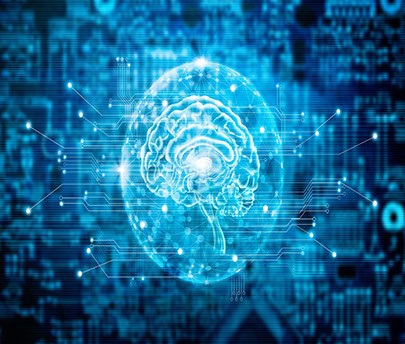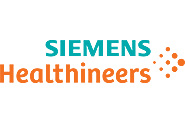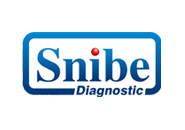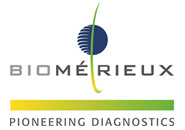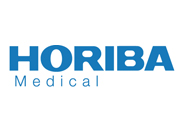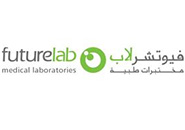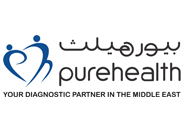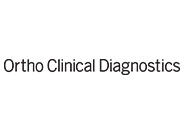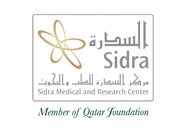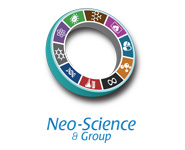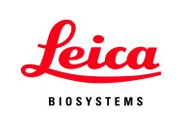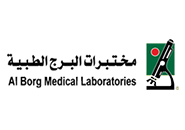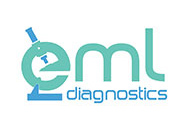Effect of Artificial Intelligence in the Clinical Laboratory
By Dr. Palat K Menon MD PhD MBA, Director & COO Thumbay Labs, Thumbay Medicity, Ajman, UAE
In the clinical laboratory, Chemistry and Haematology departments have been the earliest to adapt robotics and algorithms into its workflow. As early as 1984, the “EXPERT”, a consultation system-building tool, which is a knowledge-based Artificial Intelligence (AI) programme was developed at Rutgers University for enabling sequential laboratory testing and interpretation.
AI technologies are now commonly termed ‘knowledge engineering’ and the intelligent computer software that embodies knowledge are called ‘expert systems’. Because it has been rather difficult to develop practical applications of automatic learning, expert systems often don’t include the ability to learn by themselves. Nevertheless, such expert systems are able to make decisions based on the accumulated knowledge with which they are programmed and are therefore commonly included within the definition of AI systems. An ever-increasing number of publications in the area of AI show the increasing interest and scope of its application in healthcare. A quick search of Pubmed reveals almost 83,000 publications related to AI in healthcare over the past few years.
With the staggering increase in volume of patient healthcare data, a constant increase in patient expectations and scarcity of resources, AI will be the engine driving improvements across the care continuum. Doctors will adapt to and use AI technology in their day-to-day work. Nurses and other healthcare workers augmented by AI can deliver a higher level of care for a larger populace.
With rapid advances in pathology such as paradigm shifts in digital pathology, next-gen sequencing, precision medicine and personalised treatments, pathologists will be the first point where clinical decisions will be made. Computational Pathology applies to computational models, machine learning and visualisations to make the lab output both more useful and easily understood for the clinical decision maker. Computational pathology has clinical value in all aspects of medicine via a focus on computational methods that incorporate clinical pathology, anatomic pathology (including digital imaging), and molecular/genomic pathology data sets.
Continuous remote sensing of patients using “wearables” such as glucose monitoring devices, oximetry, temperature, heart rate and respiratory rate monitors connected to a central computing device via the ubiquitous “Internet of things” will be the norm, with AI aided “ambient computing” changing the way futuristic patient care will be provided. Prediction of sepsis is an important diagnostic conundrum where early appropriate therapy can save lives. A randomised controlled trial by Shimabukuro et al at the UCSF Medical Centre in 2017 used a machine learning-based predictor, which resulted in significant decreases in length of stay and in-hospital mortality rate. The study demonstrated the superiority of using an algorithmic predictor relative to the hospital’s current Electronic Health Record native, rules-based, severe sepsis surveillance system. AI enhanced microfluidics and compact small interactive POCT labs are set to alter the way diagnostics is carried out. An example is the “Maverick Detection System” from Genalyte. Using biological probes bound on silicon biosensors chips, it binds macromolecules in the serum, the binding of which detected by a change in light resonance, which is determined photometrically. They plan to detect up to 128 analytes using disposable chips from a single sample.
Tumour DNA changes are important since it influences therapy. Following Next-Gen Sequencing, large amounts of genomic data are generated, which are then analysed by a combination of computational tools and human experts to understand the types of genetic mutations present in the tumour. These act as a guide to prognosis and personalised therapy. Newer methods of analysis involve machine learning, which automates the tumour DNA diagnostic process and improves the accuracy of that identification as compared with existing techniques enabling accurate prescription of mutation-specific therapies.
Today’s clinical labs are already using advanced robotics to test minute volumes of blood, serum and other body fluids from thousands of samples in a day to give highly accurate and reproducible answers to clinical questions, in scales almost difficult to emulate humanly.
These machines are driven by conventional algorithmic programmes, which represent and use data, iterate repetitively and exhaustively using a decision sequence, using numbers and equations, finally presenting a number or result within confidence limits. In the future, robots used in the clinical laboratory will be heuristic (self-learning), using inferential processes, with numerous ways to derive the best decision possible even allowing for missing information. Artificial Intelligence programmes combined with data bases, data mining, statistics, mathematical modelling, pattern recognition, computer vision, natural language processing, mixed reality and ambient computing will change the way our laboratories generate and display clinical information in the future.
The Future
Pathologist augmented with AI is the future. AI will help leverage human knowledge, wisdom, and experience. Findings suggest that instead of replacing doctors, AI algorithms might work best alongside them in healthcare. AI and machine learning software are beginning to integrate themselves as tools for efficiency and accuracy within pathology. Software is being developed by start-ups, often in tandem with prominent educational institutions or large hospital research laboratories, addressing different diseases and conditions, most notably forms of cancer. A review of the functionalities of AI and machine learning software in the field of pathology reveal predominant usage in whole slide imaging analysis and diagnosis, tumour tissue genomics and its correlation to therapy, and finally companion diagnostic devices. The ICU of the future will have AI programmes, which will concurrently evaluate the continuous streams of data from multiple monitors and data collection devices to pool their information and present a comprehensive picture of the patient’s health to doctors autonomously adjusting equipment settings to keep the patient in optimal condition.
I would like to conclude by quoting a concept on “Singularity” by Ray Kurzweil dated to occur by 2045. Technological singularity is a hypothesis that AI will trigger logarithmic technological growth, resulting in unfathomable changes to human civilisation. The changes to healthcare and longevity once we attain “Singularity” is beyond our current understanding.
He said: “2029 is the consistent date I have predicted for when an AI will pass a valid Turing test and therefore achieve human levels of intelligence. I have set the date 2045 for the “Singularity”, which is when we will multiply our effective intelligence a billion-fold by merging with the intelligence we have created.”
